Source: Food and Environment Research Agency
Cases mappedOfficials from the Department for Environment, Food and Rural Affairs are currently investigating suspected cases across the country. So far, the disease - caused by the fungus chalara fraxinea - has been found at almost 300 locations across the UK.
The University of East Anglia (UEA) has also been mapping further "likely sightings" that have been submitted through a free smartphone app, called Ashtag, which allows users to upload pictures and report suspected cases. Information is then passed on to the Forestry Commission.

The loss of Britain's ash population would pose a serious threat to the UK plant and animals that depend upon the trees for their survival.
The species forms a significant proportion of the country's woodland cover and contributes to thousands of miles of hedgerows. The network of Wildlife Trusts says any loss of this crucial habitat would have a dramatic negative impact on the natural environment.
Explore the slideshow below to find out which species the ash tree supports.
How ash dieback could threaten Britain's wildlife Continue reading the main story Britain's population of 80 million ash trees provides shelter and food for a wide range of wildlife, mostly birds and insects. The species' loosely-branched structure means plenty of light reaches the woodland floor, allowing a variety of plants to grow beneath them.
Britain's population of 80 million ash trees provides shelter and food for a wide range of wildlife, mostly birds and insects. The species' loosely-branched structure means plenty of light reaches the woodland floor, allowing a variety of plants to grow beneath them.
 Wild garlic (ramsons) is among the plants that thrives beneath the ash tree. Others include dog's mercury, wood cranesbill, wood avens and hazel. Because ash bark is alkaline, the trees also support a wide range of lichens and mosses and attract snails.
Wild garlic (ramsons) is among the plants that thrives beneath the ash tree. Others include dog's mercury, wood cranesbill, wood avens and hazel. Because ash bark is alkaline, the trees also support a wide range of lichens and mosses and attract snails.
 Carpets of bluebells are often seen under and around ash trees. Norfolk’s Lower Wood, in Ashwellthorpe, famous for its spring display of bluebells, is among those areas where ash dieback disease has been discovered.
Carpets of bluebells are often seen under and around ash trees. Norfolk’s Lower Wood, in Ashwellthorpe, famous for its spring display of bluebells, is among those areas where ash dieback disease has been discovered.
 A rich ground layer beneath the ash means plenty of food for birds such as warblers, flycatchers and redstarts. Hole-nesting birds, such as owls, woodpeckers and the nuthatch, are also frequent visitors.
A rich ground layer beneath the ash means plenty of food for birds such as warblers, flycatchers and redstarts. Hole-nesting birds, such as owls, woodpeckers and the nuthatch, are also frequent visitors.
 More than 100 species of insect are also known to live on ash. At least 60 of the rarest have an association with the tree – mostly beetles and flies. Because ash is very long-lived, it can also support specialist deadwood species, like the lesser stag beetle.
More than 100 species of insect are also known to live on ash. At least 60 of the rarest have an association with the tree – mostly beetles and flies. Because ash is very long-lived, it can also support specialist deadwood species, like the lesser stag beetle.
 The brown hairstreak butterfly, the largest of the UK hairstreaks, is also a frequent user of the ash. They congregate high in the trees for breeding. Ash also supports a wide variety of moths. Source: The Wildlife Trusts
The brown hairstreak butterfly, the largest of the UK hairstreaks, is also a frequent user of the ash. They congregate high in the trees for breeding. Ash also supports a wide variety of moths. Source: The Wildlife Trusts
To report suspected cases of ash dieback disease, contact the Food and Environment Research Agency on 01904 465625 or the Forestry Commission on 0131 314 6414. The Forestry Commission has a pictoral PDF guide to the disease that you can download and print.
You can also submit suspected sightings to the University of East Anglia's Ashtag app.

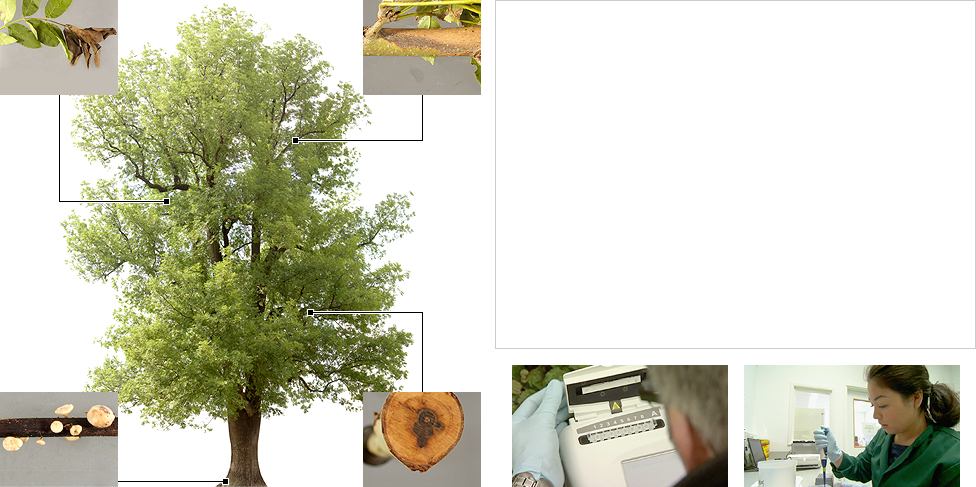
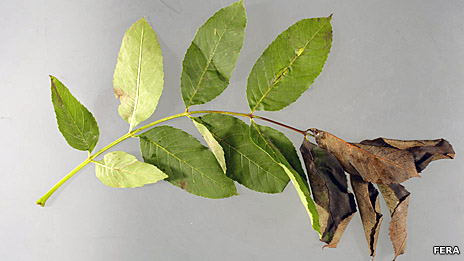
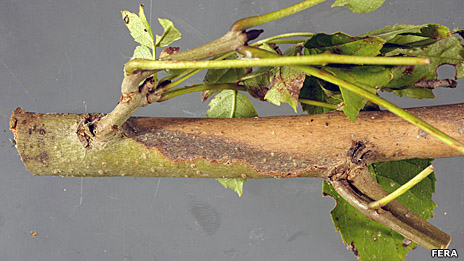
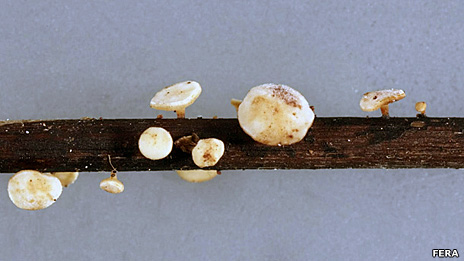
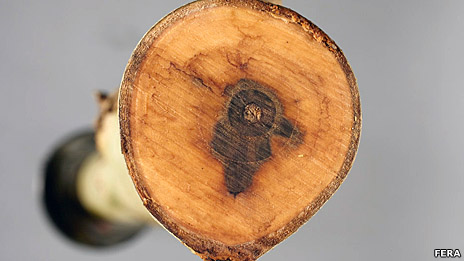


 Drones bounce back from collisions
Drones bounce back from collisions